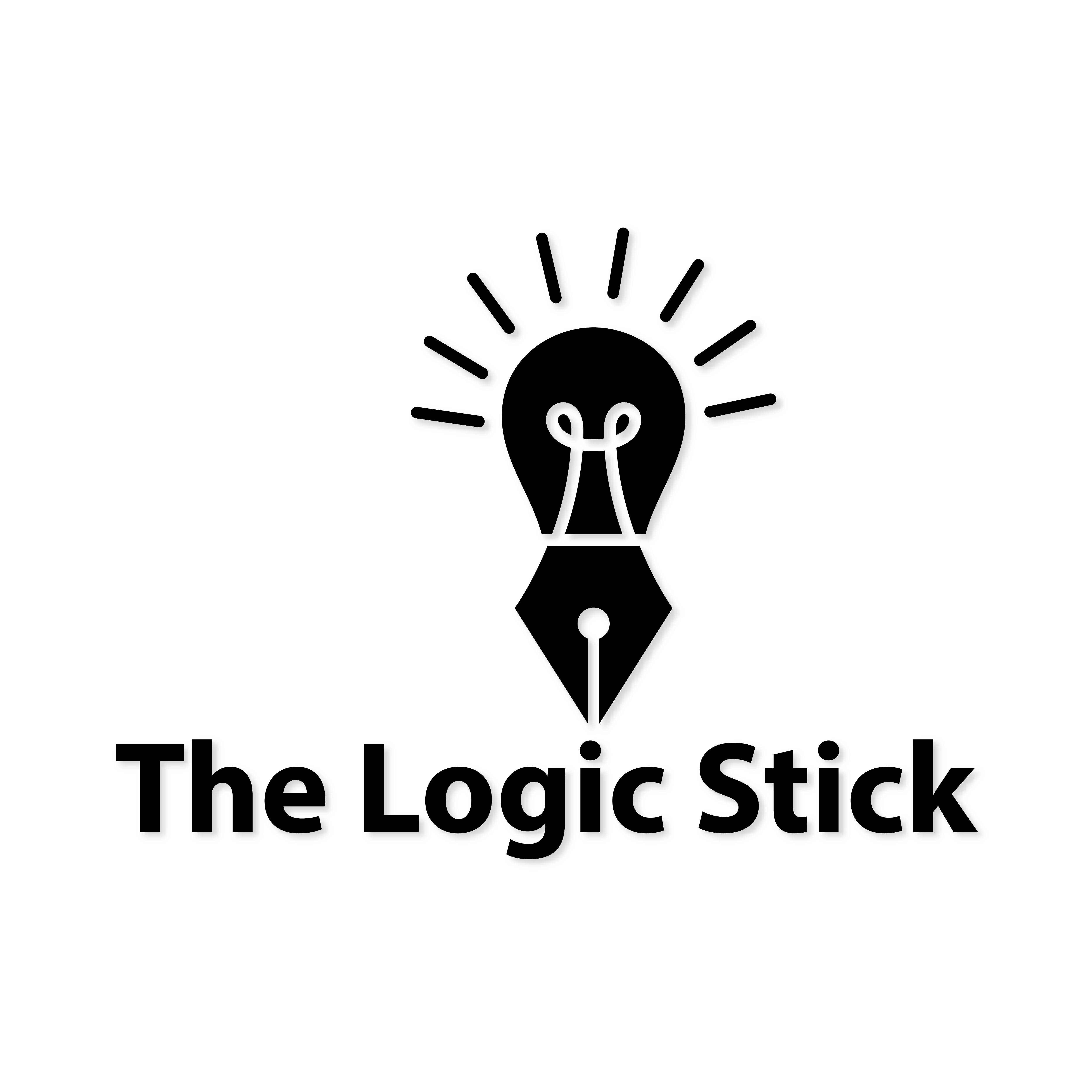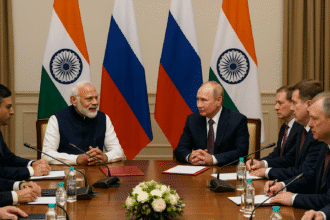
Was Mahabharata a Nuclear War? A question which we all makes us think on the rich Indian history and its possibilities beyond imagination.
Indian History merged with Ancient India is full of mysteries and knowledge beyond our imagination and we are sometimes confused about the real truth. Are these only stories which were understood differently by our ancestors and passed on to the next generation in a more different way. We still cant be sure of all the ancient history but one of the most important aspects of our knowledge and history is the Epic Mahabharata. We would like to take you through some of the facts that says Mahabharata was a nuclear war. Would you believe it? Well, there are a lot of similarities between the weapons used in Mahabharata and the nuclear weapons created in the Modern Era. Let us take you through some basics of Mahabharata and why people think that ancient India has already witnessed a Nuclear war thousands of years before.
The first weapon was created in Mahabharata. It was a weapon that could be used to cut off or destroy enemy’s hands with just one swing of the sword. The modern day version of this weapon is known as an RPG (Rocket Propelled Grenade). This device was used during World War II by Allied soldiers to blow up German tanks and other machinery.
The second weapon used in Mahabharata was called ‘Ugra’ and it was similar to modern day firearms as well. It consisted of a bow and arrow made out of wood or bamboo which had sharp tips on either side which could pierce through any form of armor at any time without fail. This is quite similar to modern day rifles which are also made out of wood or bamboo and have sharp tips on both sides which pierce through any form of armor at any time without fail.
We don’t know if nuclear weapons have been used in Pakistan or anywhere else in the world. But there’s an interesting theory: Kurukshetra, home of the Mahabharata war described in Sanskrit texts, was once covered by a blanket of radioactive material.
There are a few events that actually occurred in ancient India that still fascinate us today. The English translation of the Mahabharata first started in 1883.
A significant Indus Valley civilization discovery was made in northwestern India at the turn of the 20th century.
The most well-known of the many theories that were concocted over time was the spectacular claim that “Ancient Indians used nuclear weapons and had a thorough knowledge of it.”
Some of the theories include:
MAHABHARATA CITATIONS
The following verses can be found in the Mahabharata:
A single projectile charged with all the power in the Universe. An incandescent column of smoke and flame as bright as 10,000 suns, rose in all its splendour. It was an unknown weapon, an iron thunderbolt, a gigantic messenger of death which reduced to ashes an entire race.
“The corpses were so burned as to be unrecognizable. Their hair and nails fell out, pottery broke without any apparent cause, and the birds turned white.
“After a few hours, all foodstuffs were infected. To escape from this fire, the soldiers threw themselves into the river.”
Also Mahabharata is found to contain a verse:
anor aniyan mahato mahiyan
atmasya jantor nihito guhayam
tam akratuh pasyati vita-soko
dhatuh prasadan mahimanam atmanah
(Katha 1.2.20)
It means that the greatest of the great is hidden in the smallest of the small. This forms the basis for the atomic energy.
Some academics believe that only an eye witness account could produce such a vivid impression of a weapon. The descriptions provided are so concisely put forth that it suggests an actual nuclear bomb was used in ancient Indian wars.
This theory gained so much traction that western researchers openly projected the idea of a nuclear war in the ancient world using it.
According to ardent “researchers” like David Hatcher Childress, the Mahabharata verse is unequivocal evidence that ancient Indians were aware of nuclear weapons. Only if the ancient Indians employed a destructive weapon could such knowledge have been attained.
There are various logical reasons why people would have started believing in this theory.
For starters, the Mahabharata verse cited was not the exact one written by Kisari Mohan Ganguli. This quotation, however, was translated into English from an 1889 German translation of the Sanskrit original, with no indication of where in the epic’s 1.8 million words it came from or in what context this amazing weapon worked.
This passage does not appear in the 1.8 million words of the Mahabharata. Instead, it appears to be carefully and purposefully rewritten from genuine passages, combining texts at will to create a misleading paragraph that seems to indicate anomalous knowledge of nuclear bombs.
Still some people would never even believe Mahabharata happened. So we would like to shed some light on the archaeological evidence about Mahabharata.
The Gandhara kingdom home for Shakuni is located near the Hindukush mountains i.e parts of Afghanistan and Pakistan. The city is currently called Kandahar located in Afghanistan. Gandhara over the years became Kandahar
We have Sindhu Desh which belongs to Jayadhratha, it is called as such because Sindhu river flows through it. Sindhu refers to current Indus. Indus is called as Sindhu in Sanskrit.
There was a mention of Saraswathi river whose drying up was mentioned in Mahabharata itself. The former river was proved that it existed through satellite imaging.
Gulf of Khambhat in Gujarat excavations revealed that there was a city submerged underwater. It is in line with mentioning of Dwaraka getting submerged after Krishna left the earth.
Let us give examples from foreign historians
Megasthenes has mentioned Heracles who was worshipped by sourasenoi and their lands mentioned as methora and Kleisobora and a navigable river Jobares. Heracles= Hari Krishna, Sourasenoi= Shurasena, Methora = Mathura. Kleisobora= Krishnapur
Also, greeks have a parallel to Krishna, their god Hercules life is similar to Krishna.
Hercules steals the apples of Hesperides similar to Krishna stealing butter.
Krishna subdues a monsterous venomous serpent kaliyan, Hercules too kills a monster Hydra.
We are still not sure about how true these above theories are but we are also keen to know more and more about the connection between the Nuclear war and Mahabharata. Do subscribe to our website for more such blogs and articles.





